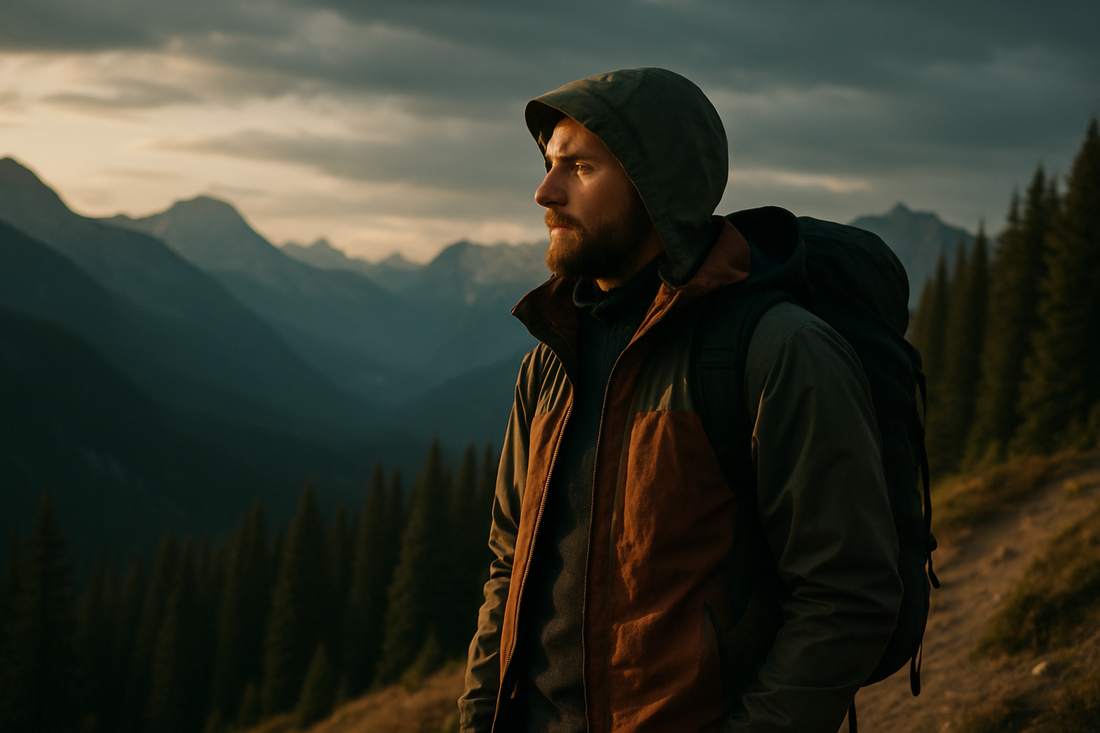
🏔️ How to Pick the Right Layering System for the Mountain West
Share
The Mountain West Forecast: Always Changing
If you’ve spent more than five minutes outside in Utah or Colorado, you already know the forecast is basically a dare. It might be bluebird skies at breakfast and sleeting by lunch. The secret to comfort isn’t luck — it’s layers.
A good layering system lets you adapt fast, whether you’re hiking, skiing, or camping. Here’s how to get it right.
Step 1: Start With a Moisture-Wicking Base
Your base layer is your skin’s first defense — its job is to move sweat away, not just keep you warm.
-
Go for: merino wool or synthetic blends (polyester, nylon).
-
Avoid: cotton. It stays wet, gets cold, and can ruin your day.
For multi-day trips, merino wins. It resists odor and dries fast.
Step 2: Add an Insulating Midlayer
This is your warmth. The classic choice is fleece or lightweight down.
-
Fleece: great for active days — breathes well, even when damp.
-
Down: unbeatable warmth-to-weight ratio, but keep it dry.
-
Synthetic puffies: middle ground — not as warm as down, but more forgiving in wet weather.
Pick the one that fits your activity level and the season.
Step 3: Seal It With a Shell
Wind and water are the real enemies of warmth. Your outer shell should keep both out while letting moisture escape.
-
Hard shell (Gore-Tex, eVent): for wet or snowy days.
-
Soft shell: for high-output movement in drier weather.
-
Windbreaker: ultralight option for summer hikes or trail runs.
The goal: regulate, don’t roast.
Step 4: Adapt and Rotate
Layers aren’t static — they’re tools. Add or shed pieces throughout the day as the weather shifts. Don’t be afraid to stop and adjust. It’s better than sweating through your base or freezing through your fleece.
The Bottom Line
The best layering system is the one you use. Once you find your rhythm — the base that feels right, the mid that moves with you, the shell that saves the day — stick with it. The mountains will keep you guessing, but you’ll be ready for all of it.
Rockchuck Tip
Pack a lightweight stuff sack just for layers. When weather hits, you know exactly where your warmth lives — and it won’t be buried under snacks and cookware.